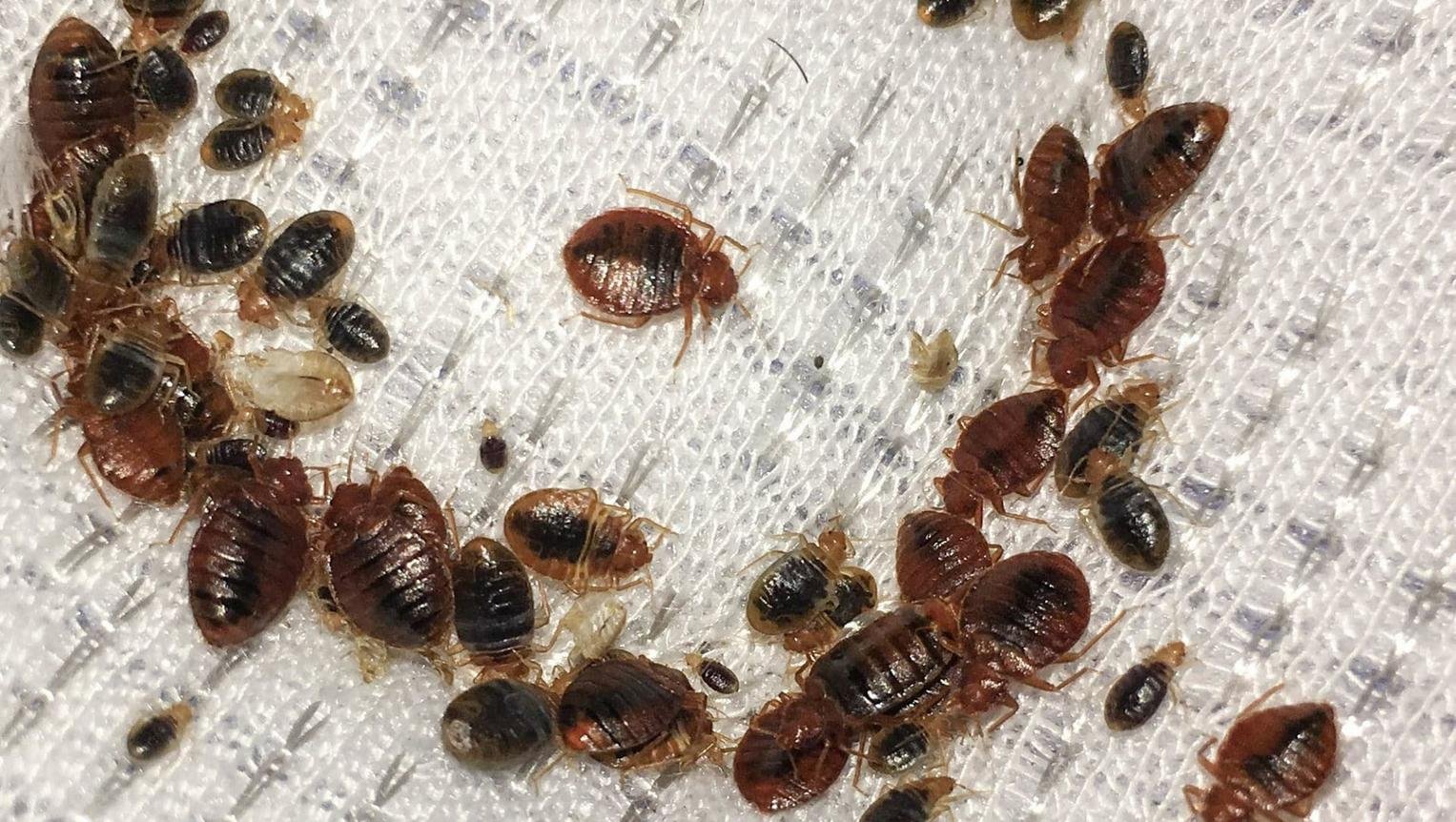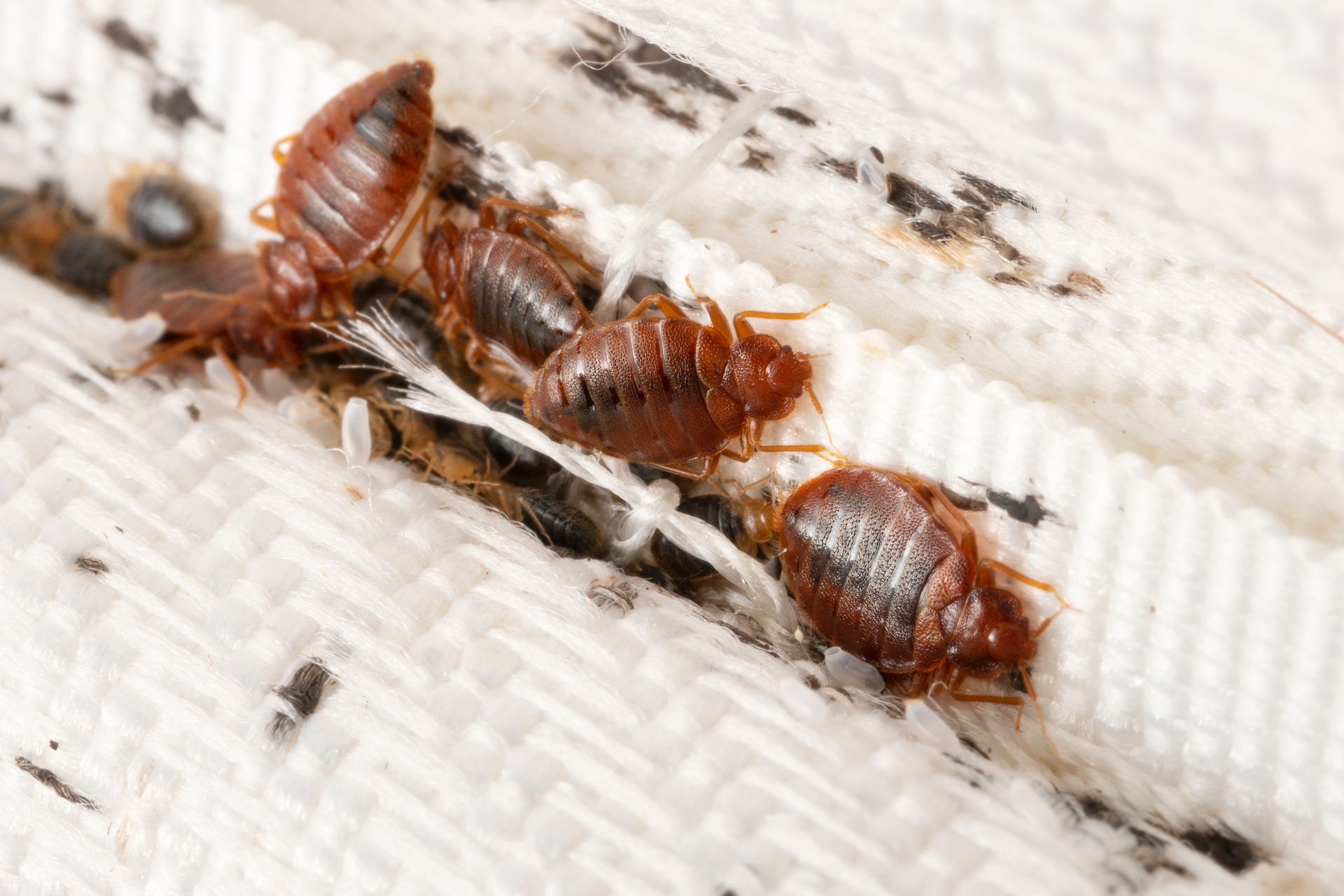Bug Control Provider Demystified: The Science Behind Eliminating Pests and Bugs
Behind the relatively routine task of removing insects lies an interesting world of scientific principles and techniques that drive the procedure of parasite management. From comprehending the elaborate habits patterns of bugs to utilizing advanced innovations for their removal, the world of bug control operates on a structure of knowledge that expands far past just wiping out undesirable intruders.
Bug Habits Evaluation
Examining parasite habits is critical in developing efficient pest control methods for both residential and commercial settings. By understanding the behaviors and patterns of parasites, bug control professionals can implement targeted and efficient remedies to eliminate infestations. One essential element of parasite habits evaluation is recognizing the details factors that attract pests to a specific location. This could include access to food resources, water, sanctuary, or beneficial ecological conditions. Some bugs are attracted to areas with high moisture degrees, while others are attracted to garbage or natural issue.
Additionally, examining bug behavior aids in identifying the most ideal approaches of parasite control. In general, a thorough evaluation of parasite actions is essential for establishing customized pest management strategies that are both environmentally friendly and very reliable.
Integrated Pest Administration Methods
Integrated Pest Management Techniques include detailed approaches that make use of a combination of preventative measures, organic controls, and checking to efficiently handle pest populaces. Preventive measures aim to remove aspects that draw in insects, such as food and water sources, by applying appropriate cleanliness methods. This includes securing cracks and crevices, fixing leakages, and saving food in impermeable containers. Organic controls involve introducing all-natural killers or bloodsuckers to control pest populations, lowering the requirement for chemical pesticides. As an example, releasing ladybugs to victimize aphids in a yard is a typical biological control approach. Monitoring plays an essential function in Integrated Bug Administration by on a regular basis inspecting and identifying pest populaces to figure out the most ideal control techniques. By utilizing a combination of these techniques, parasite control solutions can decrease the ecological influence of parasite monitoring while properly minimizing pest populaces in a sustainable way.
Eco-Friendly Insect Control Solutions

With a focus on sustainability and environmental consciousness, green pest control remedies use a natural and efficient alternative to conventional chemical pesticides. These approaches focus on the usage of safe components acquired from plants, minerals, or various other organic sources to battle parasite problems without causing harm to the setting, human beings, or non-targeted species.
One preferred environment-friendly approach is organic pest control, which involves presenting all-natural killers, parasites, or pathogens to take care of bug populations. By harnessing the power of nature's own checks and equilibriums, this method can successfully regulate pests without the need for damaging chemicals. Additionally, botanical pesticides stemmed from plants like neem, pyrethrum, and garlic have revealed promise in driving away or killing spider pest control bugs while staying safe for valuable bugs and pets.
Furthermore, eco-friendly bug control services often concentrate on safety nets such as securing access points, getting rid of food and water resources, and keeping correct sanitation to hinder parasites from infesting structures. By incorporating these sustainable techniques, insect control services can properly eliminate bugs while reducing environmental impact.
Function of Innovation in Pest Elimination
Modern advancements in technology have actually revolutionized the field of bug removal, boosting the effectiveness and effectiveness of parasite control solutions. One of the key technical tools in insect control is the use of remote tracking devices, such as cams and sensing units, which help in determining parasite hotspots and monitoring bug activities.
In addition, the growth of eco-friendly chemicals and lures that are more targeted towards particular parasites has actually been enabled with technical advancements. This targeted method minimizes the general use of chemicals, lessening ecological impact while efficiently handling pest populaces. In addition, using drones for aerial surveys and targeted pesticide application in hard-to-reach areas has streamlined insect control procedures.

Importance of Normal Parasite Inspections
Normal parasite examinations are critical for keeping a pest-free setting and preventing infestations from holding. By carrying out regular evaluations, property owners can discover bug troubles early, allowing for swift and targeted treatments to eradicate the bugs prior to they duplicate and spread. These evaluations supply an opportunity to click here now determine possible access factors where pests can infiltrate the premises, making it possible for proactive steps to seal these accessibility points and stop future infestations.
In addition, normal parasite inspections can help protect the health and wellness of occupants by making certain that the atmosphere remains without disease-carrying bugs and allergens. Early discovery of pests like rats, cockroaches, or bed insects can avoid wellness threats connected with their presence, such as allergies, contamination of food and water sources, or check my site the transmission of diseases.
Along with shielding human health and wellness, regular parasite evaluations are necessary for preserving the structural honesty of structures - ez commercial pest control service. Particular pests, such as termites, can trigger considerable damage to wood frameworks if left unchecked. With regular evaluations, homeowner can determine termite infestations early and apply steps to stop pricey structural repair services
Conclusion
